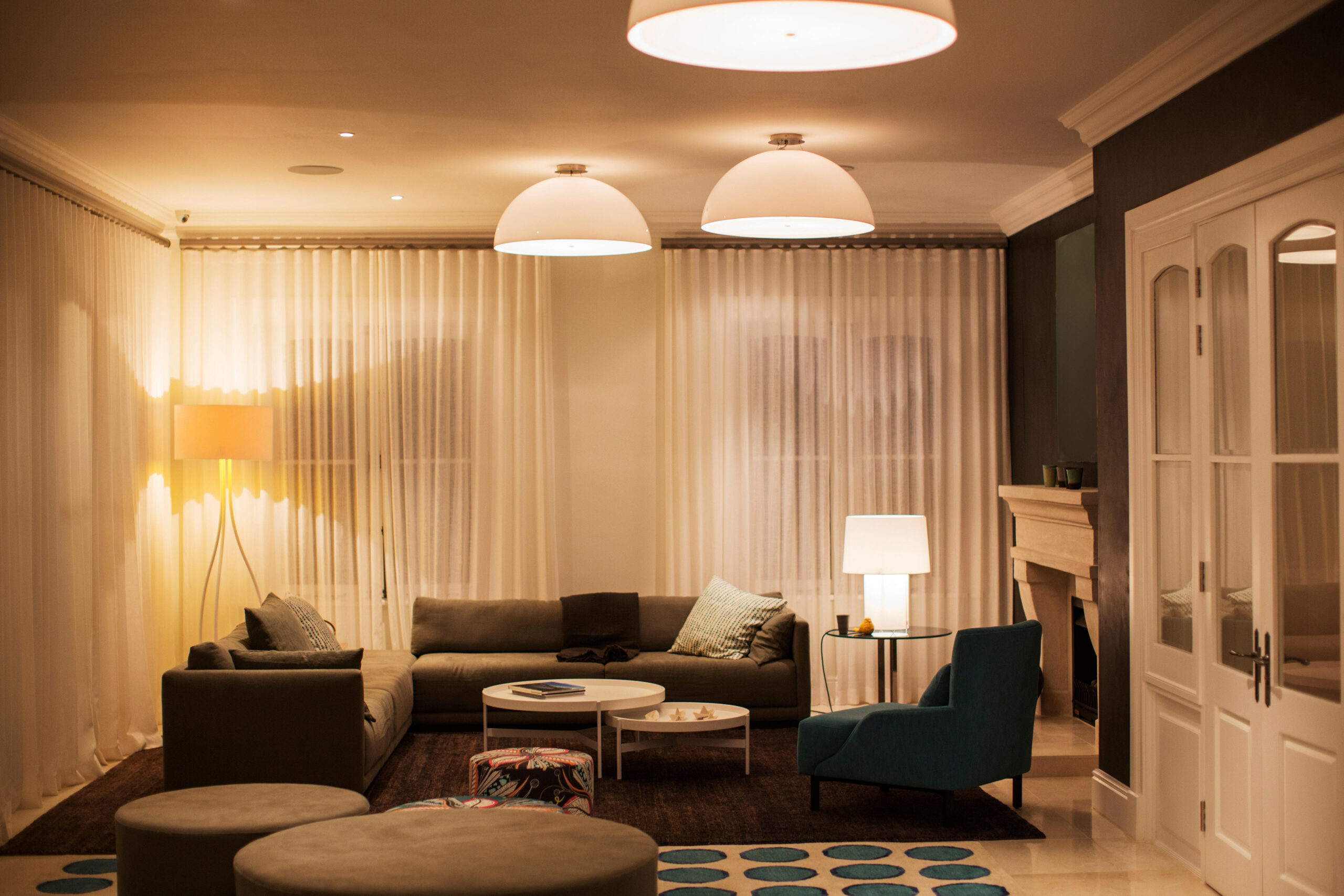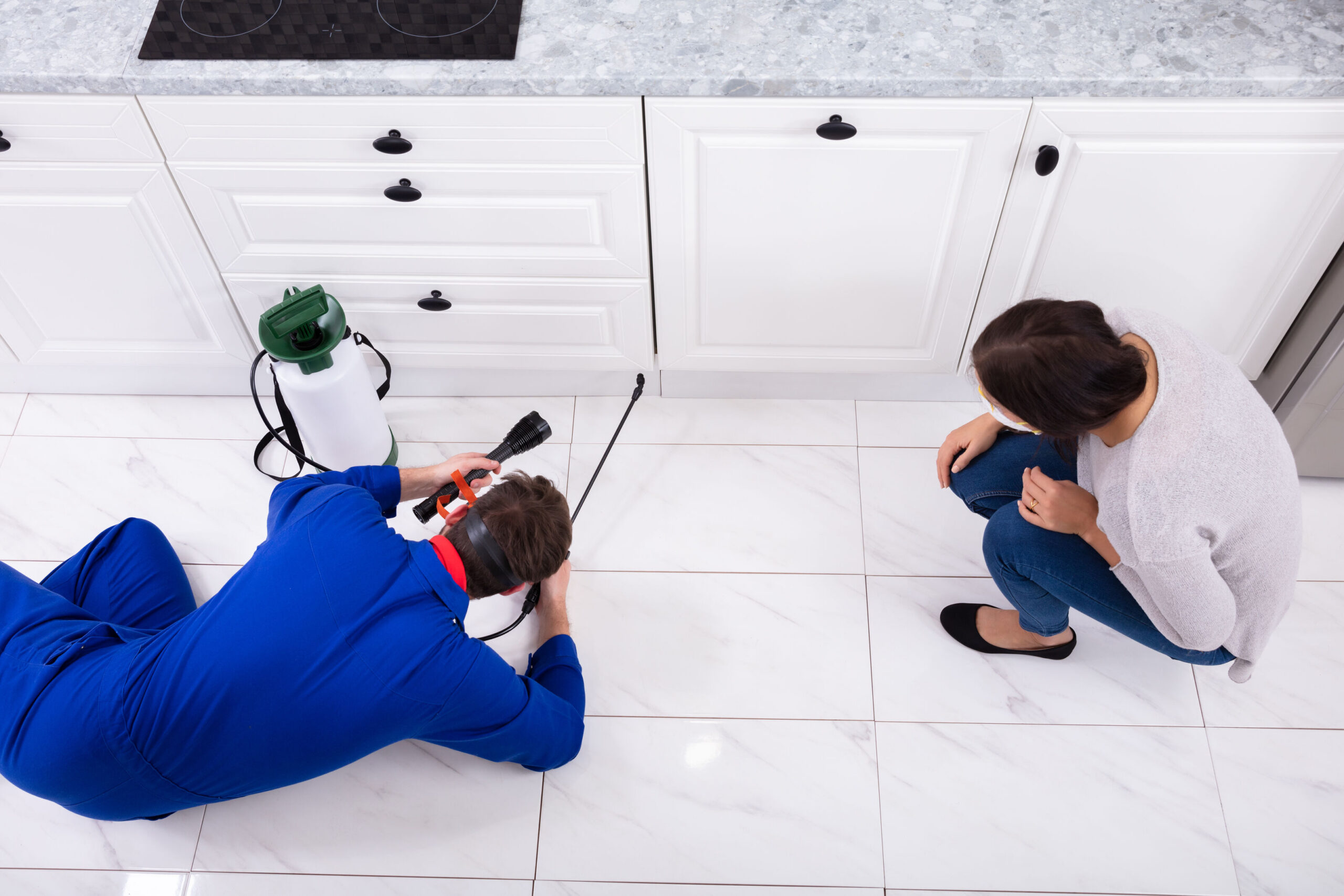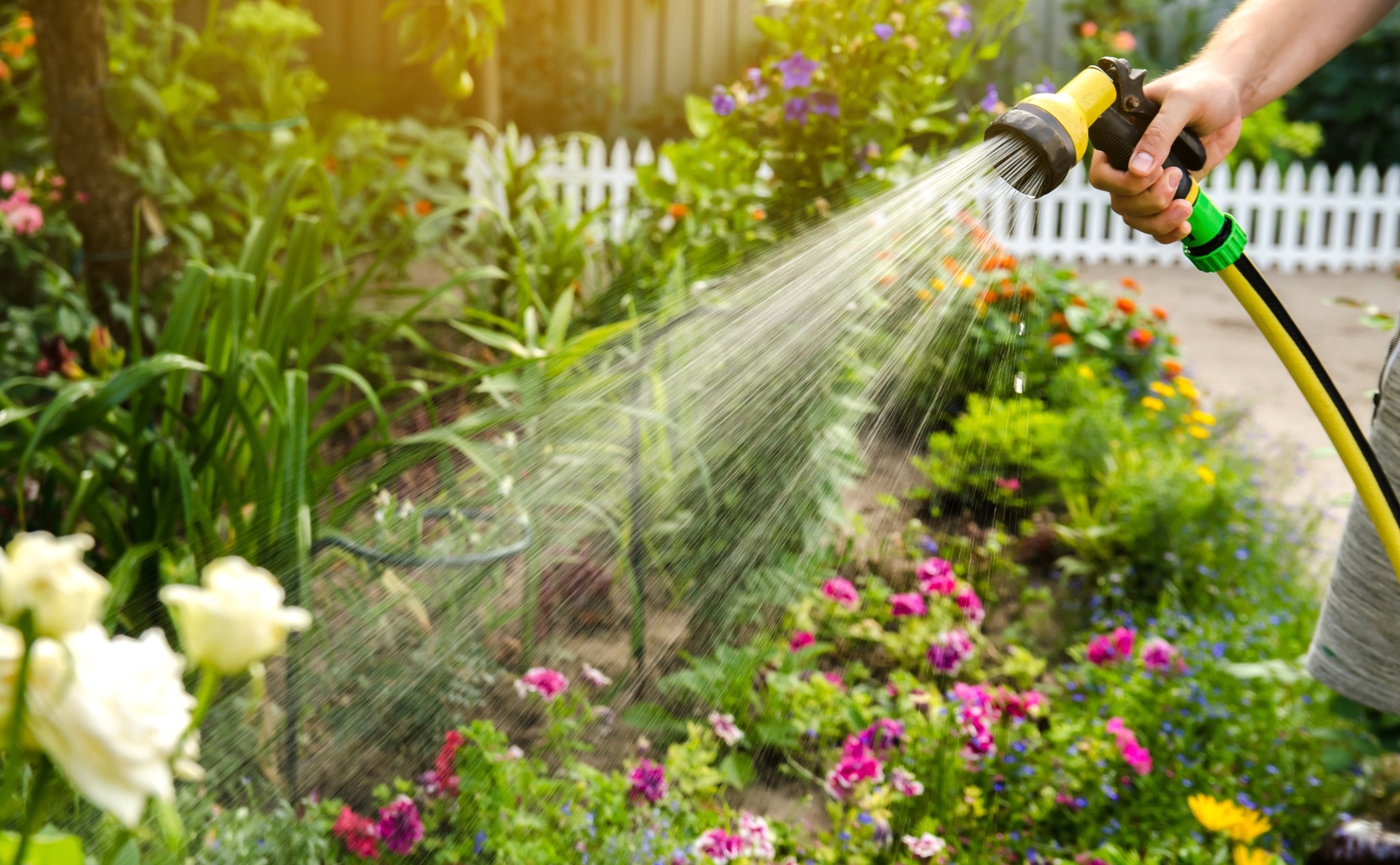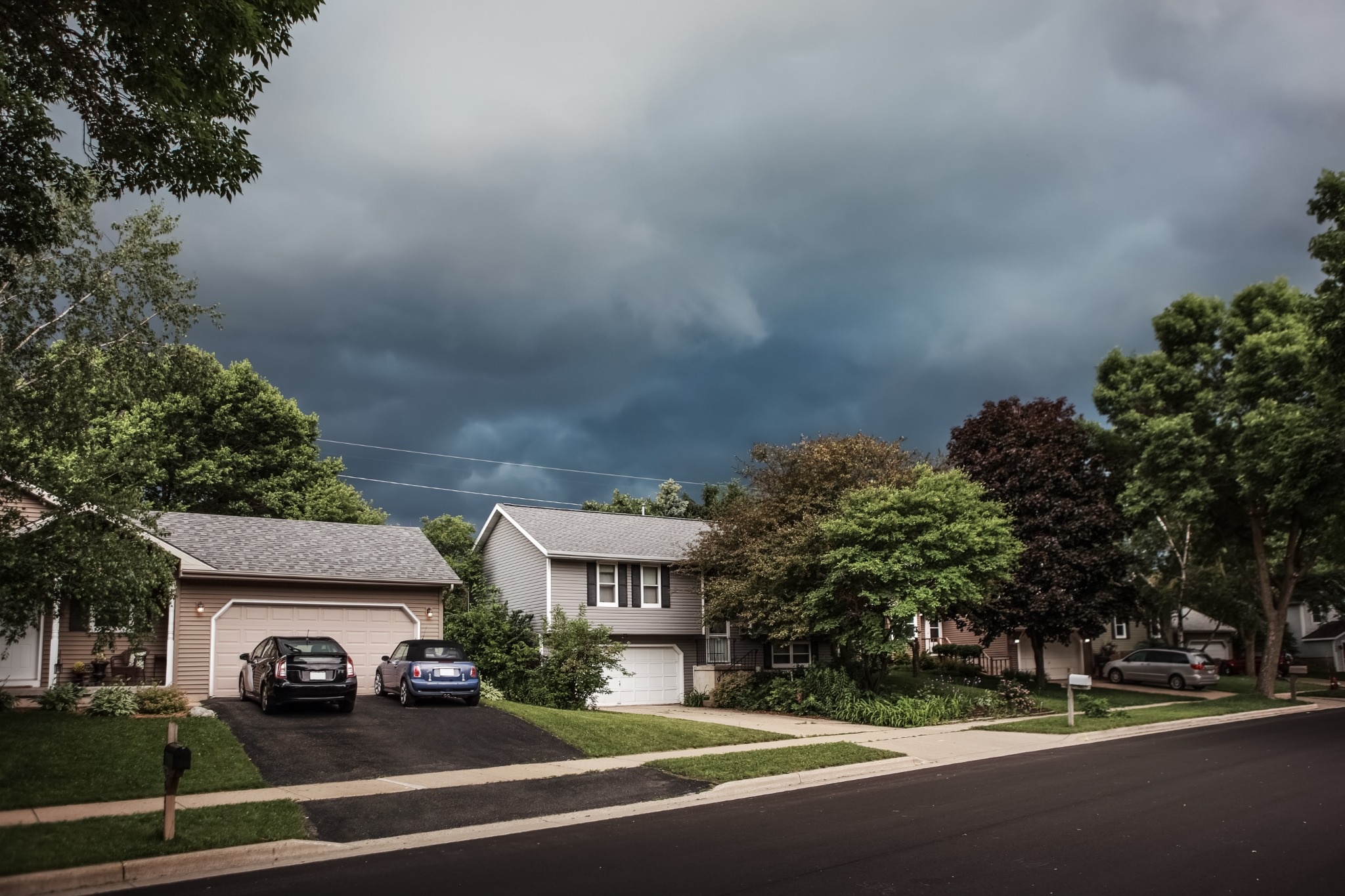Table of Contents
- Why Gutters Matter More Than You Think
- Gutter Materials: What Are Your Options?
- Gutter Styles: Function Meets Curb Appeal
- Seamless vs. Sectional Gutters
- Gutter Guards: Worth the Investment?
- Downspouts and Drainage: Don’t Forget the Final Step
- Professional Installation vs. DIY
- How Much Do New Gutters Cost?
- Staying Ahead of Gutter Leaks
- Keeping Your Foundation Strong
New Gutters Could Save Your Foundation—and Your Wallet
When it rains, it pours—and if your gutters aren’t up to the task, your home could be at risk. Leaky, clogged, or outdated gutters can cause foundation problems, basement flooding, and even mold growth. But with the right gutter system, you can steer clear of expensive repairs and protect your home from top to bottom.
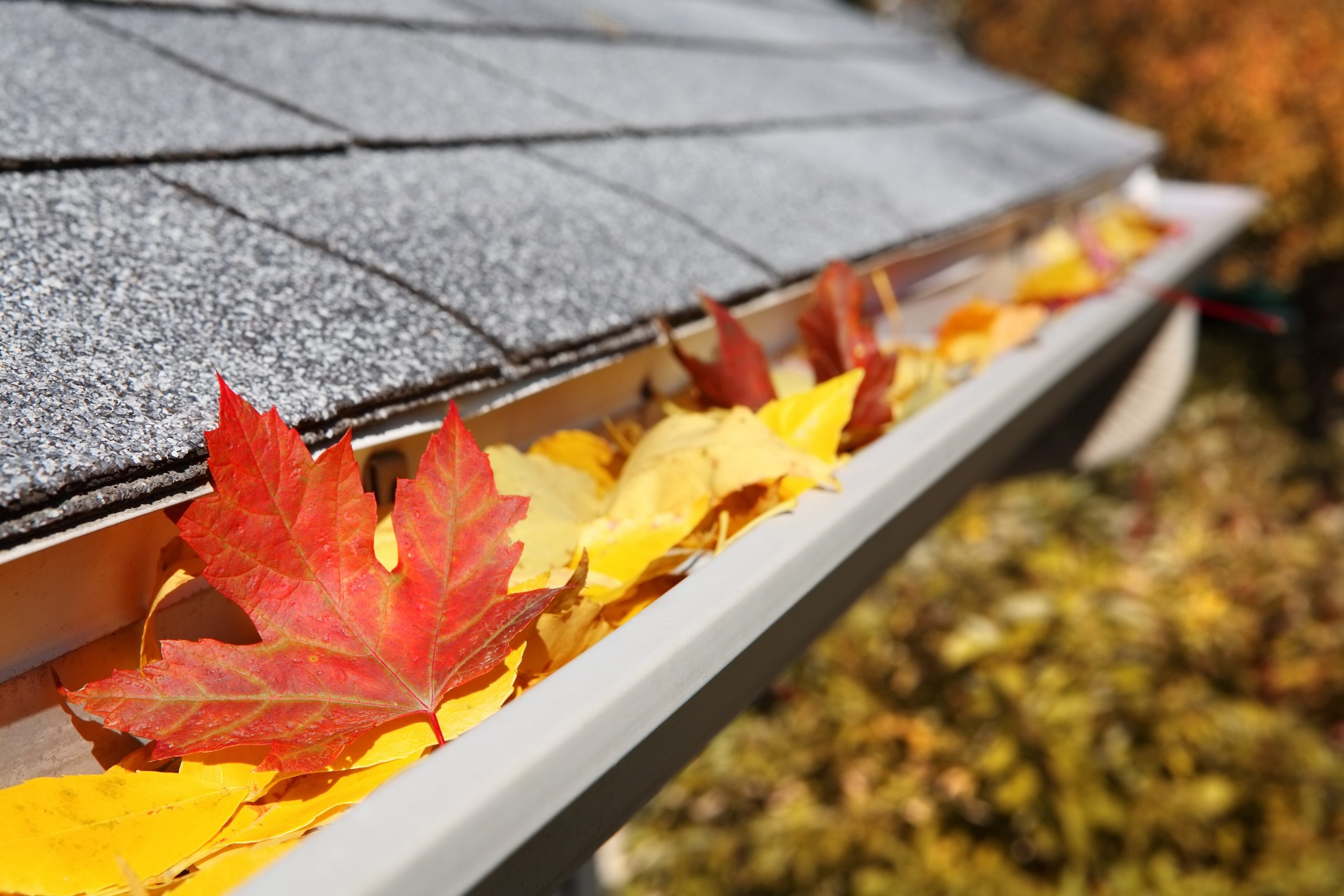
Here’s how to tackle gutter leaks by choosing the right system for your home.
Why Gutters Matter More Than You Think
Gutters may not be glamorous, but they’re one of your home’s most essential defense systems. Their job? Channeling rainwater safely away from your foundation. When they fail, water can seep into your walls, erode landscaping, and crack your foundation over time.
Common signs your gutters might be failing include:
- Pools of water around your foundation
- Peeling paint or mildew near the roofline
- Sagging or detached gutters
- Water stains on siding
- Flooded basements or crawlspaces
These issues may seem small at first, but left unchecked, they can lead to thousands of dollars in damage.
Gutter Materials: What Are Your Options?
The first step to fixing gutter leaks is choosing the right material. Each type has its pros and cons in terms of cost, durability, and appearance.
| Material | Cost per Linear Foot | Durability | Appearance | Maintenance Needs |
|---|---|---|---|---|
| Vinyl | $3–$6 | Low (brittle in cold) | Basic look | Easy to install, prone to cracks |
| Aluminum | $5–$9 | Moderate | Paintable, clean lines | Lightweight, prone to denting |
| Steel | $9–$15 | High | Strong, industrial | Can rust without coating |
| Copper | $15–$30+ | Very high | Elegant, patinas over time | Low, but costly |
| Zinc | $15–$25 | High | Matte gray, high-end | Low, long-lasting |
Aluminum is the most popular due to its balance of price and performance, but if you’re going for long-term durability and aesthetics, copper or zinc could be worth the splurge.
Gutter Styles: Function Meets Curb Appeal
Next up is choosing a gutter style. The shape of your gutters affects how much water they can handle and how they look on your home.
K-Style Gutters
- Shape: Resembles crown molding
- Capacity: Good for heavy rainfall
- Best for: Traditional and modern homes
- Pros: Affordable, blends well with architecture
Half-Round Gutters
- Shape: Semi-circular trough
- Capacity: Slightly less than K-style
- Best for: Historic or European-style homes
- Pros: Less likely to clog, smoother flow
Box Gutters
- Shape: Square and deep
- Capacity: High capacity for large roofs
- Best for: Commercial buildings or modern homes
- Pros: Great for flat roofs, hidden options available
Seamless vs. Sectional Gutters
One of the biggest decisions homeowners face is choosing between seamless and sectional gutters.
Seamless Gutters
- Made from a single piece of metal
- Custom-cut to fit your home
- Fewer joints = fewer leaks
- Typically installed by professionals
Sectional Gutters
- Come in pre-cut lengths
- Assembled on-site
- More affordable and DIY-friendly
- More joints = more leak potential
If you’re battling gutter leaks already, seamless gutters are often the better choice to prevent future problems.
Gutter Guards: Worth the Investment?
Tired of cleaning leaves and gunk from your gutters? Gutter guards can help keep debris out, reducing the risk of clogs and overflow.
Types of gutter guards include:
- Mesh screens – fine holes block debris but let water in
- Reverse curve – water flows in while leaves slide off
- Brush inserts – cylindrical brushes that catch debris
- Foam inserts – fit directly inside gutters to block solids
While not foolproof, quality gutter guards can cut down on maintenance and extend the life of your system.
Downspouts and Drainage: Don’t Forget the Final Step
Even the best gutters can’t protect your home without proper drainage. Make sure your downspouts:
- Extend at least 4–6 feet from your foundation
- Direct water away from your home’s perimeter
- Are kept clear of blockages and debris
You can also consider adding splash blocks, gutter extenders, or even underground drainage pipes for extra protection.
Professional Installation vs. DIY
Installing gutters might seem like a good DIY project, but improper pitch, poor sealing, and bad ladder work can turn into costly mistakes. Hire a pro if:
- Your roofline is complex
- You’re installing seamless or copper gutters
- You’re not comfortable working at heights
DIY is doable with sectional vinyl or aluminum gutters, but double-check slope and alignment to ensure proper drainage.
How Much Do New Gutters Cost?
The price of a new gutter system depends on material, style, home size, and labor costs. Here’s a rough breakdown:
| Gutter Type | Average Cost (Installed) |
|---|---|
| Vinyl (Sectional) | $600–$1,200 |
| Aluminum (Seamless) | $1,200–$2,500 |
| Steel | $2,000–$3,500 |
| Copper | $4,000–$9,000+ |
Most homes fall somewhere in the $1,000–$3,000 range.
Staying Ahead of Gutter Leaks
Preventive maintenance is the best way to avoid surprise leaks:
- Clean gutters at least twice a year (more if you have trees nearby)
- Check for sagging, rust, and loose fasteners
- Ensure downspouts are clear and draining properly
- Re-seal or replace joints as needed
A small investment in maintenance can save you from much bigger issues down the line.
Keeping Your Foundation Strong
Gutter leaks might seem like a minor annoyance, but they can lead to major problems if ignored. By choosing the right gutter system and keeping it in shape, you’re not just protecting your roof—you’re defending your entire home from the ground up. A leak-free gutter is more than peace of mind—it’s protection for your most valuable investment.

